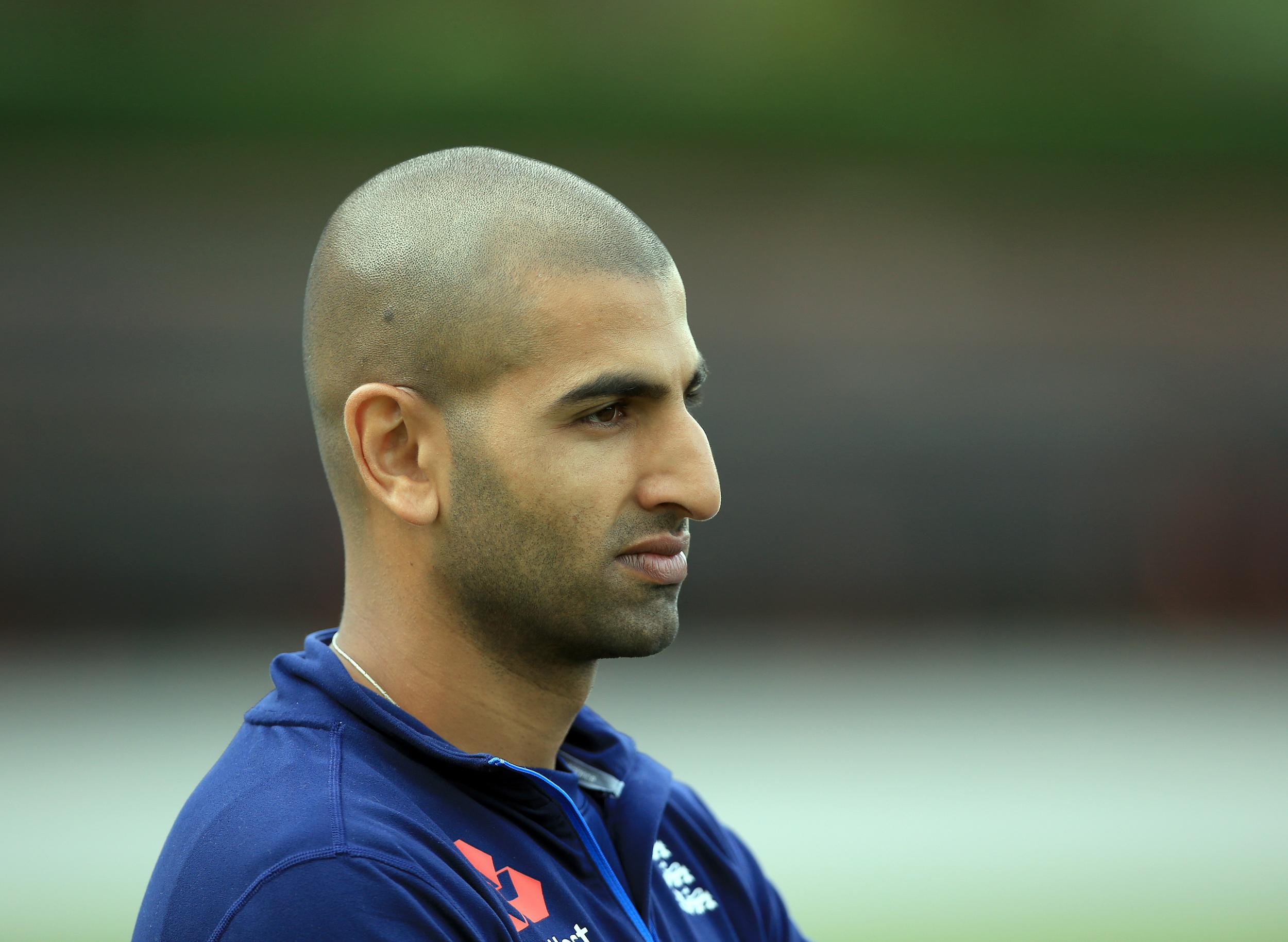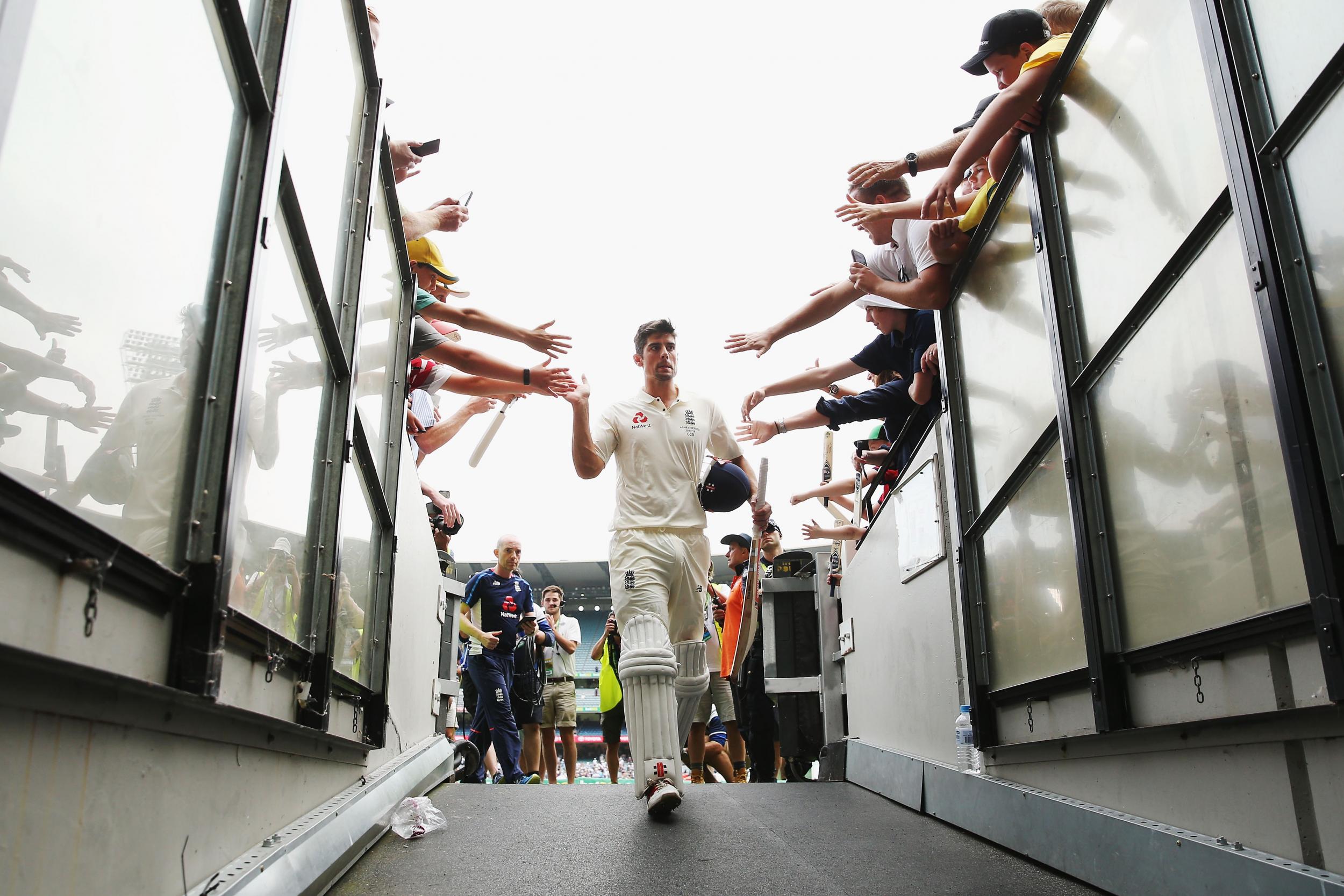How do you win away? The question England must answer to return to the top of Test cricket
Ahead of England’s Test series in New Zealand, Alastair Cook and ECB performance director Mo Bobat explain the blueprint to conquering cricket’s toughest challenge – winning Test series overseas
At the beginning of October, as fans of English cricket endured a comedown after the most thrilling of summers, those responsible for the highs were moving on.
Players involved in the historic World Cup were back at it, preparing for a Twenty20 tour of New Zealand. A number who played in the Ashes were given time off to recharge ahead of a packed winter schedule. For Joe Root, involved in both, a two-month holiday on a far-flung beach with a steady supply of cocktails would have been justified. But after a short break with his family, the Test captain was back home, plotting.
Together with new head coach Chris Silverwood and others involved with elite performance at the England and Wales Cricket Board, Root set new goals for the coming years. Three specific objectives were laid down: to get back to number one in ICC Test rankings, to win the World Test Championship (WTC) and regain the Ashes urn in Australia in 2021/22.
Given the resources at the ECB’s disposal, these are not lofty ambitions. But to stand a chance of achieving even one out of three, England need to do what no Test side has been able to do consistently – win overseas.
The No3 ranked team in the world have won just eight of 27 away Tests since the start of 2015. Two of those came in the 2015/16 success in South Africa and three in the whitewash of Sri Lanka in November 2018 – the only two series won in this period.
There were defeats to West Indies, Australia, India and New Zealand, and it is against the Blackcaps on Thursday that Silverwood’s era will begin. This two-match series may not belong to the World Test Championship but, as identified in the meeting, it provides the first steps towards making the format a priority again.
Such meetings are part of the process when the opportunity arises for a fresh start. In 2009, Andy Flower got his side together to draw a line under their lack of professionalism and instigated a standard of play and behaviour that led them to a first win in Australia in 24 years, and to No1 in the summer of 2011.
Alastair Cook played a key part in that success and was himself at the head of one of these future-planning meetings after the summer of 2012. Andrew Strauss had just stepped down as captain and the fallout from Kevin Pietersen texting the South African dressing room had put England in disarray. They had also lost their No1 ranking.

Though Cook was unable to reclaim top spot or replicate the success in Australia for the 2013/14 Ashes, he registered overseas wins against India in 2012, his first tour as captain, and South Africa in 2016. The key for him, as it was for Strauss and as it will be for Root, is straightforward. “Fundamental to the success when we got to number one in the world, and winning away in tough conditions, was time,” he tells The Independent. Time to imprint a set of values. To develop a method. To enlist the right personnel.
“If you take Australia as an example, particularly with the side that won over there, we identified that as a place where we wanted success and it was very clear how the side was going to build towards it, in terms of how we wanted to play and who we needed.
“Chris Silverwood and Joe Root have to identify what they want to do and fit players in for that. In all of those meetings, the one question that always gets asked with regards to getting success away from home is, ‘what do we need?’ There are some serious world-class players in there and the blueprint for a very, very successful England squad building. But it’s about how they add to that. How you want to play. We had a side that was building up to that period. We didn’t just turn up, play the warm-up games and win it. We were building for years.”
To complete their trio of objectives England will need to return to the scene of their most famous recent victories. They take on South Africa over the New Year, then Sri Lanka in March before five Tests in India – world No1 and favourites for the WTC – at the start of 2021.
Should all go according to plan, the WTC Final awaits at Lord’s in June of that year, which leads neatly into the Ashes down under. Destiny, in this instance, is a long but straight road.
One person who will be heavily invested in the progression along the route is Mo Bobat. In October, Bobat was appointed the ECB’s performance director and will be working closely with Silverwood and national selector Ed Smith towards.
“Cricket is different in that you rarely have one competitive objective,” says Bobat. “You’re trying to manage multiple peaks which is one of the high-performance aims. It’s not like in the Olympics when you can actually be pretty average for three years and turn up. You need to build, improve and deliver on performances. That’s what we’re looking for over the next couple of years.”

One aspect to address is the stickability of those new to Test cricket. Of England’s last 20 debutants, only five made it into double figures for caps and just two of those – Rory Burns and Sam Curran – are out in New Zealand. Bridging the gap between the County Championship and international cricket is a conundrum Bobat has been trying to solve, having previously been the ECB’s player identification lead.
His previous work centred around finding players in the system who not only had the requisite potential for international cricket but could also be developed as assets overseas. These individuals then made it onto pace programmes, foreign placements or Lions tours to accelerate and deepen their development.
For pace bowlers, speed and movement are two assets that travel well, with the Kookaburra and SG balls not as forthcoming as the trusty Duke, putting the onus on identifying those who naturally swing the ball or can send it down above 90mph. Out in New Zealand, Curran and Jofra Archer fulfill those roles, respectively, while Saqib Mahmood, still only 22 with just 16 first-class matches to his name but a regular tourist at representative level, is identified as a right-armer with the skills and action for reverse swing.
Though Mahmood might not play in the series, the opportunity to work with the red Kookaburra ball, under the guidance of the full set-up, will hold him in good stead. Cook had a similar first taste of Test cricket as a non-playing member on the tour to Pakistan in the winter of 2005: “Those three weeks were massively important to see how England operated under Duncan Fletcher. For me, it was perfect to have the three weeks of not playing to see how they operate. That way, you know what is expected of you.”
For batsmen, early exposure to alien conditions is especially useful. Reading length and developing dynamic movement onto the front or back foot are key foundations for combatting, say, the bounce of Australia or the turn in India. The ECB recognise these foundations need to be in place as early as possible and so their youngest and brightest are pushed to play in a variety of different conditions to hone those skills. Warwickshire's Dom Sibley, who will debut as opener in the first Test at Mount Maunganui alongside Rory Burns, has been in this pathway since the age of 14.
However, for those outside the system, that exposure to different surfaces and bowlers comes much later – often not until an international debut – and thus the step up is tougher to manage. Technically and mentally.
It would explain why only five of the 20 batsmen selected after Root debuted in December 2012 average over 35, and only one, Gary Ballance, did not come through the ECB pathway. “County cricket is absolutely integral to what we do,” surmises Bobat. “But when you start combining all of those factors, in my many cases Test cricket is just a different game.
“When people talk about this gap, obviously it’s about dealing with different situations and everything that goes with touring, such as different cultures and the hostility of, say, playing at the Gabba. But it’s also skills and skill demands, and the intensity of them.
“Take fast bowling as an example. We know in county cricket around 20 percent of all fast bowling is above 83mph. But in international cricket, it’s 61 percent. For, say, an Ashes or a World Cup, that jump is even higher. Similar for spin bowling – only 19 percent of all the overs bowled in county cricket are from spinners, whereas it’s more like 40 percent in internationals.”
As a result, the ECB are adjusting how they select their Lions teams. While primarily an ‘A’ team, squads in the past were mixed in terms of experience: not quite a next-best XI, nor simply a breeding ground for up-and-comers, but still with a relatively youthful feel.
Now, Bobat and selectors Smith and James Taylor, with the backing of Silverwood and Root, will ensure the Lions has a greater focus on England’s shorter-term needs. This winter a more experienced Lions squad, punctuated with a few youngsters, will be heading out to Australia.
These tours also double as a fact-finding mission. As well as monitoring those under their care, analysis will be done on the opposition, monitoring new and established players in line with the ECB’s protocol of compiling significant data on all international teams. They will also log conditions to note any changes, though they will be wary after a chastening experience in the Caribbean.
At the start of 2018, a Lions side travelled to the region and were undone by West Indies A on low, turning pitches. However, when the Tests came around a year later, England were surprised by fast, bouncy surfaces. West Indies ended up taking the series 2-1. Not all intel is worth paying attention to.
The fallout from that defeat was tame. After all, cricket rarely dominates the back pages in the winter or leads to an outcry during non-Ashes tours. But the scale of the support drummed up by last summer’s success has brought it to the fore and suggests the appetite for the game will need to be satiated in the off-season.

Following the World Cup win, 7,000 more five-to-eight-year-olds signed up to the ECB’s All Stars Scheme. The increase in funding from the new broadcast deal, and also the National Lottery, aimed primarily at grassroots, has shown the responsibility this England side carries extends beyond results on the field.
“You need strong grassroots to help produce pathways and facilities for young kids to get into the game,” states Cook. "The ECB are aware of it: the effect of that 2019 final was massive. You can see the effect a successful England team can have on participation levels. The partnership alongside funding from the National Lottery, the Sky money, the BBC and the Hundred - it's a very, very exciting time for English cricket.
“But as the guys showed this summer, the way people interacted with the game like never before, the effect of a winning side is clear with growing the game. That will be a new challenge for a lot of these guys.”
It is important to heed Cook’s words. Not only is he England’s highest run-scorer, but he was a player whose legend was ultimately defined by 766 runs in Australia and 562 in India, both contributing to historic wins but at a time when English cricket had disappeared behind a curtain.
This, perhaps, is the fourth objective. England have the chance to emulate their Test sides of the past and, in doing so, can further secure the game’s footing in the public conscience. For the first time in a while, winning away will help the game thrive at home.
Join our commenting forum
Join thought-provoking conversations, follow other Independent readers and see their replies
Comments